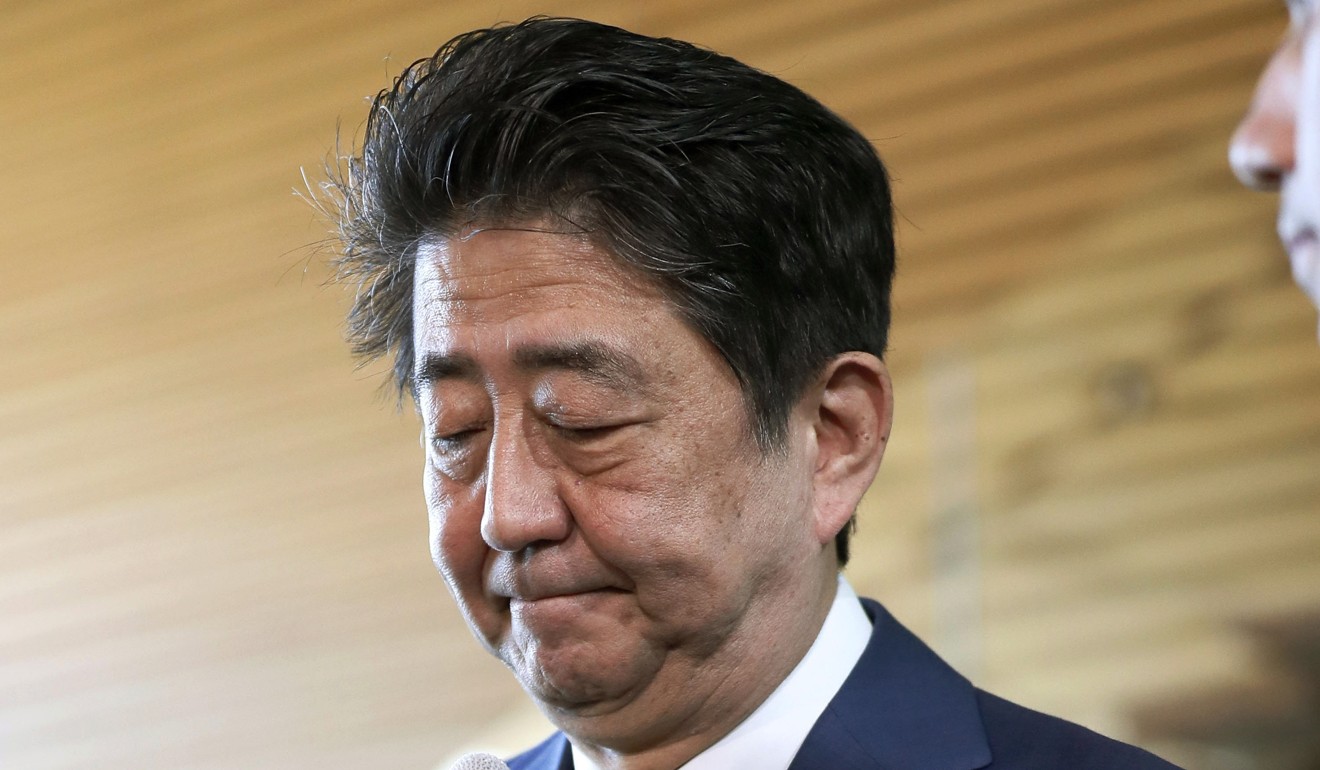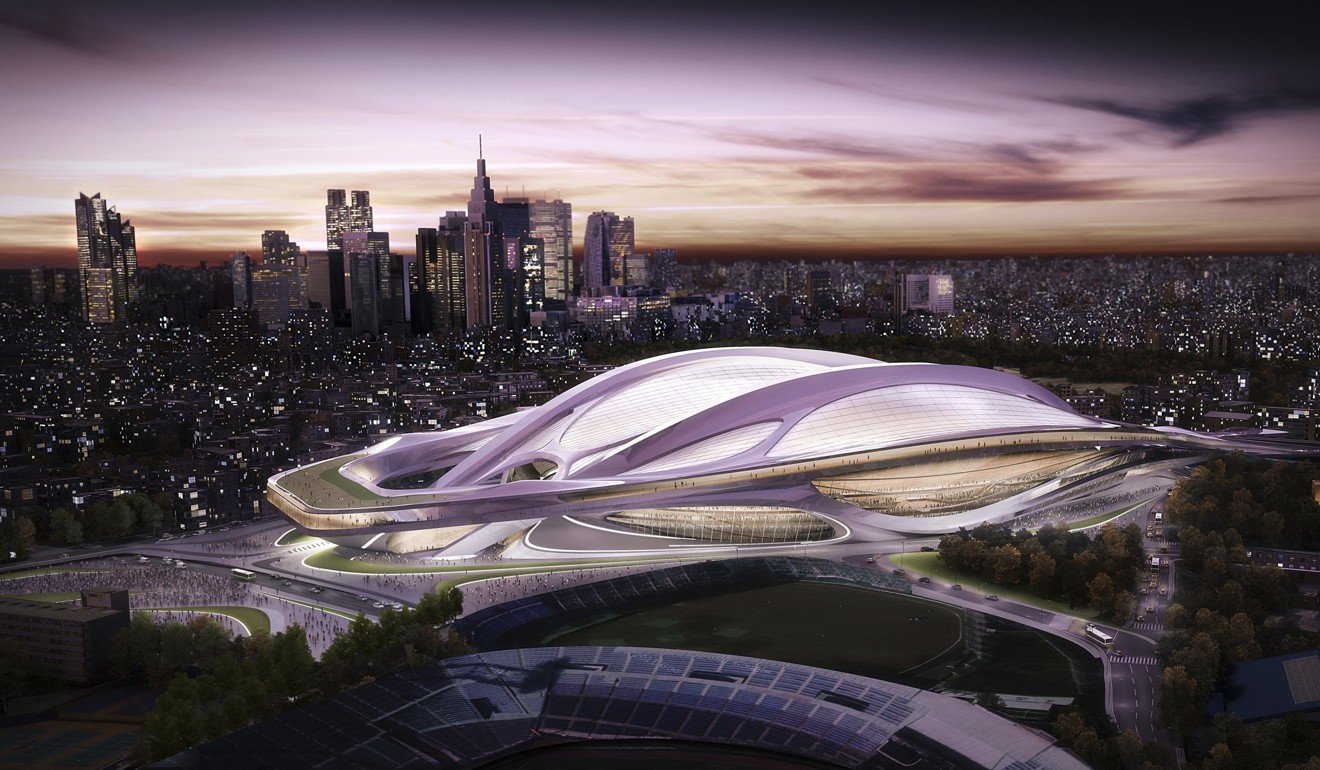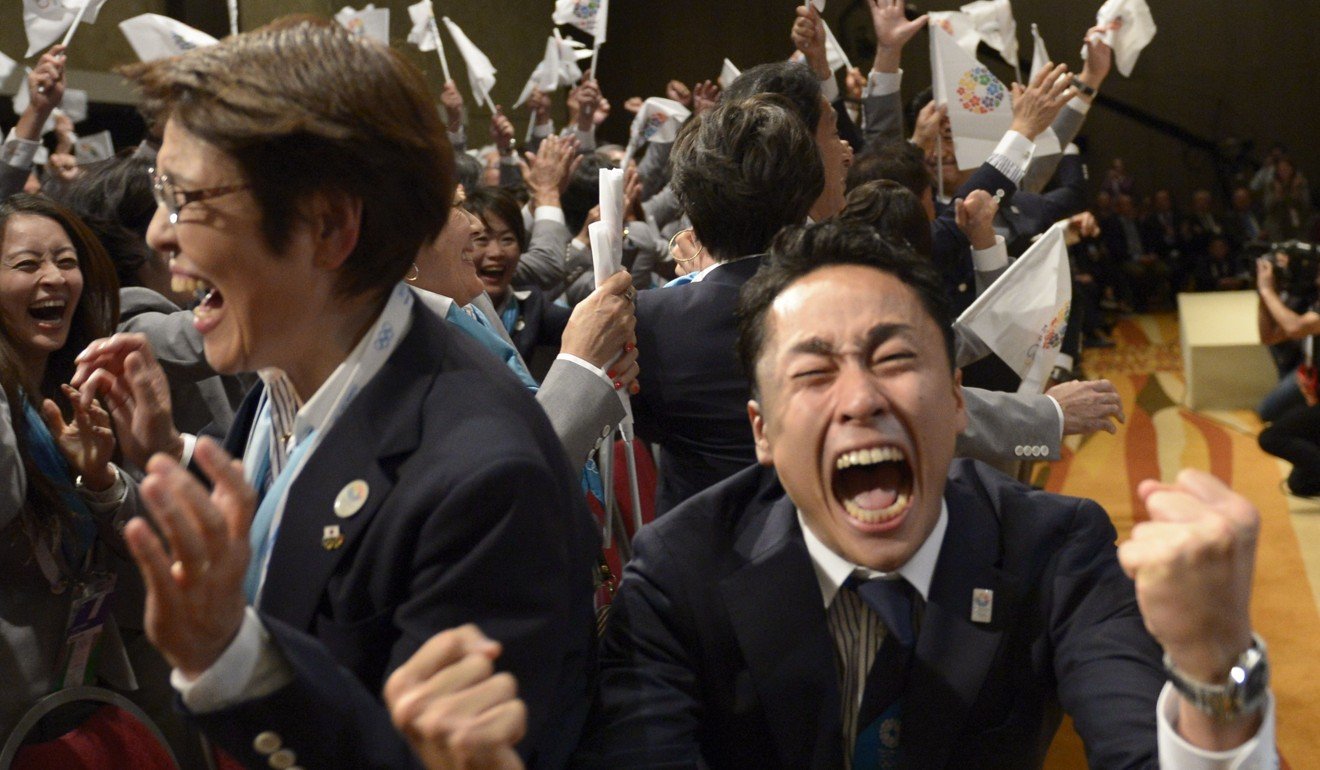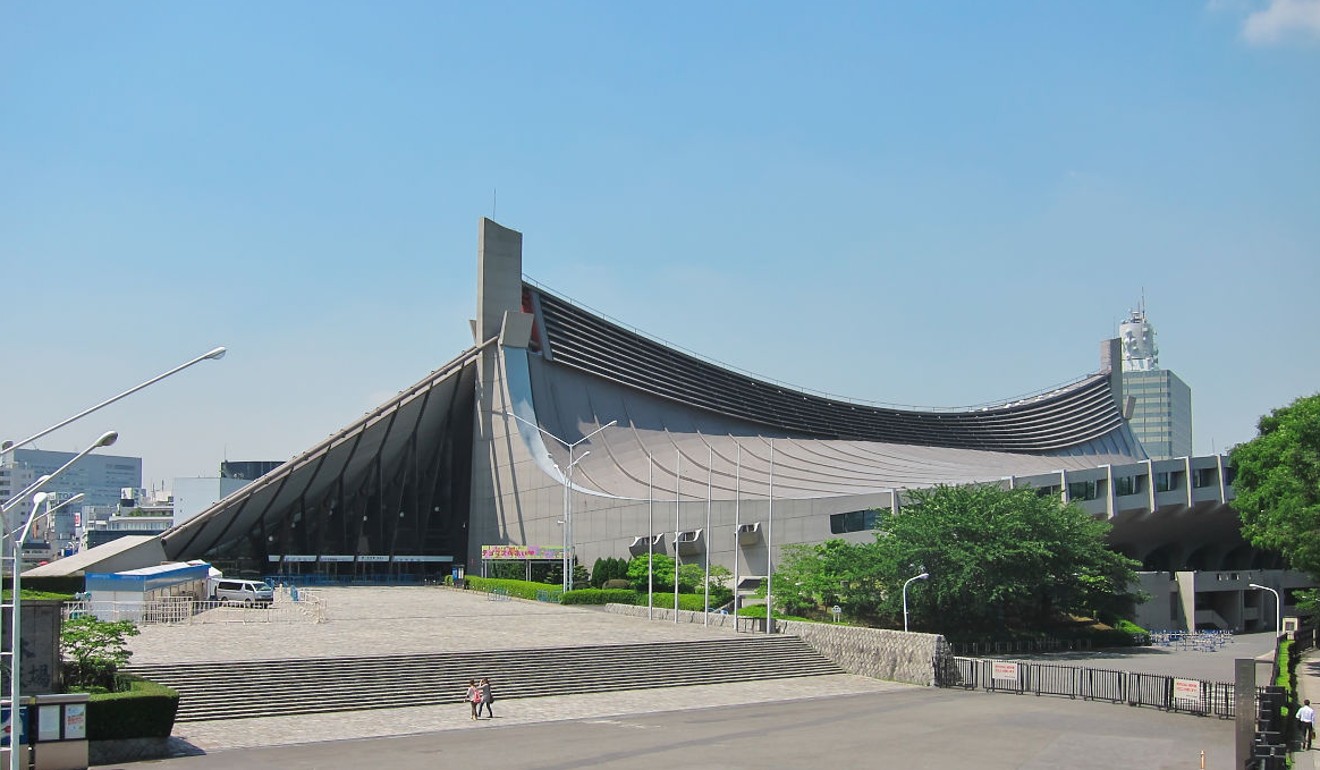
Can Tokyo 2020 Olympic Games live up to legacy of 1964, when Japan last hosted?
- Japan’s capital underwent such a metamorphosis before it hosted its first Games that visitors responded with stunned awe
- Such was the event’s success that it has set the bar dazzlingly high for next year’s Olympics
“Out of the jungle of concrete mixers, mud and timber that has been Tokyo for years, the city has emerged, as from a chrysalis, to stand glitteringly ready for the Olympics,” the Times of London’s correspondent swooned, citing a long list of buildings and accomplishments “all blurring into a neon haze … that will convince the new arrival he has come upon a mirage.”

But Tokyo’s makeover was real. There were 100km of freshly laid motorways, a new sewage system, new luxury hotels and 21km of monorail from the new international airport to downtown. Meanwhile, the new Tokaido Shinkansen bullet train blasted to Kyoto and back at world-record speed, and startlingly modernist arenas such as the Tokyo metropolitan gymnasium, which was shaped like a flying saucer, only added to the futuristic wonderland vibe.
There were also technological innovations. Computers were used for the first time at an Olympics, along with timing devices that could separate competitors to one-hundredth of a second. And the Syncom III satellite, combined with cutting-edge Japanese technology, enabled live TV pictures to be beamed across the globe – another first. No wonder it was hailed as the “science fiction” Olympics.
Tokyo 1964 was, according to David Goldblatt in his excellent book The Games, “the single greatest act of collective reimagining in Japan’s post-war history”. And there was a clear message for the wider world too, reflected in the choice of Yoshinori Sakai, born in Hiroshima on the day the atomic bomb was dropped on the city, to light the Olympic flame. The 19-year-old athlete was not only a symbol of his country’s rebirth following the second world war – but also its hope for a brighter future.
Tokyo Olympics sailing venue could be deadly if tsunami struck: expert
Not everyone, to put it mildly, is as upbeat.

“Then he pointed at the Aquatics Centre and said: ‘And that one?’ I told him that was the most expensive and that Zaha Hadid had designed it. At that point blood drained out of his face and he said: ‘She’s done our new Olympic stadium.’”
By 2015 Hadid’s plans for the stadium, which had spiralled to US$1.65bn, had been cancelled – and a new design by Kengo Kuma, blending steel and layers of latticed larch wood and intended to “restore the link that Tokyo lost with nature”, chosen instead. But while it is hundreds of millions of pounds cheaper, the Olympics and Paralympics remain a money pit. Last year Japanese government auditors predicted the Games would cost around US$24.8bn – close to four times more than originally forecast in 2013.

So what will Japan get for its investment next summer, aside from eight shiny new arenas?
Elderly Japanese getting arrested on purpose because they want to go to prison
But these Games will be more about hearts and minds than bricks and mortar. “Tokyo 2020 is focusing more on the softer legacy,” said Takaya. “Of course we have a similar spirit as 1964 by leaving new sporting facilities. But we are even more keen to leave an intangible legacy for future generations, who will have a first-hand experience of the Games with a massive number of people with different backgrounds, religions and languages coming together in one place.”
Some of the 1964 playbook will be dusted off, with Japan keen to show it still leads the world in tech. Toyota not only plans to showcase its driverless cars at the Games but has also designed robots for the new Olympic stadium that, among other things, can take – and then bring – food and drinks orders to wheelchair spectators.
Panasonic, meanwhile, has created motor-assisted power suits to allow people to carry heavy luggage with ease. And Aruze Gaming’s Arisa – a sharply dressed six-foot robot that can show passengers the way to toilets and lockers, offer directions and recommend tourist attractions in Japanese, English, Chinese and Korean – was trialled at two metro stations earlier this year.
“We are still discussing what sort of other robots can we use for the Games operations,” says Takaya. “It is important to showcase our robot technology.”
It certainly sounds appetising enough. But in a coffee shop near Yoyogi Park, Misako Ichimura and Kumiko Suto of the Hangorin no Kai (No Olympics 2020) activist group, paint a much bleaker picture of the Games’ impact. Among their many concerns, they claim that the construction of the new national stadium, along with other “upgrading” projects, has led to homeless people in areas like Shibuya and Shinjuku being forcibly removed from parks and streets. They also express dismay that nearly 300 residents were evicted from 10 public housing projects near the stadium to make way for luxury buildings.

“Many of these people were elderly residents living alone, and around 10 passed away just before or soon after their cruel removal from their homes,” says Ichimura. “Public housing is being destroyed in favour of high-end housing, but no new projects are going up to offset these displaced people. To make matters worse, the government has also pushed the homeless tent communities out of Meiji Park.”
Activists also have concerns about health and safety at construction sites that were backed up by The Dark Side of the Tokyo 2020 Summer Olympics, a recent report by the global trade union federation Building and Wood Workers’ International. It documents how low pay, overwork and poor access to grievance procedures have created a “culture of fear” among construction workers – and says some workers have been required to work up to 28 days in a row on Olympic projects.
There are unwelcome echoes of the past here. Before Tokyo 1964, safety standards were so low that “that there were more than 100 deaths and 2,000 injuries on Olympic-related projects”, according to Goldblatt, while the beggars and vagrants who made their homes in Ueno Park were also swept aside.
Tokyo will turn cruise liners into floating hotels at 2020 Olympics
Meanwhile, Ichimura says many residents are dreading next summer. “Schools and other events are being cancelled or having altered schedules,” she said, “and the already difficult summertime transportation will be much more crowded and hot. Tourists might enjoy a happy and fun experience but for citizens it will be hellish.”
Not all criticism of the Games comes from left-wing social activists. Makoto Yokohari, a professor at the department of urban engineering at the University of Tokyo, said that while he agrees that the Games needs to promote soft legacies, he hasn’t seen any sign of them yet.
“The Olympics may merely be a snapshot event which may become like an illusion within a couple of years,” he said. His criticisms carry weight given he serves on the urban planning and sustainability panel as a part of the 2020 Tokyo Olympics/Paralympics Organising Committee. “I’m afraid my thoughts are shared by most members,” he said.
Meanwhile, the respected architect Hiroshi Ota has another criticism: Tokyo 2020 is not daring enough compared to 1964, when buildings such as Kenzo Tange ’s Yoyogi gym were immediately seen as design masterpieces. As the Times put it at the time: “The arenas have approached new heights of architectural imagination and efficiency. In the press room journalists look blankly over their typewriters at each other. They still feel stunned as they try to pay tribute.”

That, says Ota, will not be happening in 2020. “I am not optimistic,” he says. “Most of the design for the new venues were chosen in closed competition and, more generally, I really think Tokyo has missed the chance to include people in urban planning and regeneration.”
Temperature hits 41.1 C near Tokyo, highest ever in Japan
“We are introducing heat-blocking road surfaces that can reduce the temperature of the road by eight degrees,” she says. “This is being installed in more than 100km in the city centre and this covers the marathon course. We have also have low-tech responses that have existed since the Edo period [1603-1868], such as water sprays.”
Sebastian Coe is better placed than most to understand the journey cities go through after winning an Olympic bid.
“There have been some challenges which I think Tokyo 2020 would be the first to admit,” he says. “There is permanently a dynamic of stress and tension in the build-up to a Games, and always four or five car crashes along the way.”

“The first big crunch comes with costs – because you always find stuff that you can’t possibly know when making a bid. Then you end up in that odd period where everything that is going wrong in the country is down to the Olympic Games. Yet eventually the excitement will start to build, especially when you start talking about torch relays and volunteers and things that engage the public.”
Slowly these wheels are starting to turn. Last month nearly 5 million Japanese registered with the official ticketing site, more than double the initial target. And Koike insists she sees parallels with the London 2012 Games, where a modest build-up gave way to an outpouring of sustained joy and exhilaration for both the Olympics and the Paralympics.
Tokyo 2020 may have suffered so far from the same vaguely underwhelming feeling that Japan itself has laboured under since the nation’s firework-like rise after the second world war. Yet come next July, Koike and millions of others will be watching a torch-bearer climb the steps of the Olympic Stadium during the opening ceremony of the XXXII Olympiad – hoping that out of the darkness of the Tokyo sky comes raging and sustained illumination.

